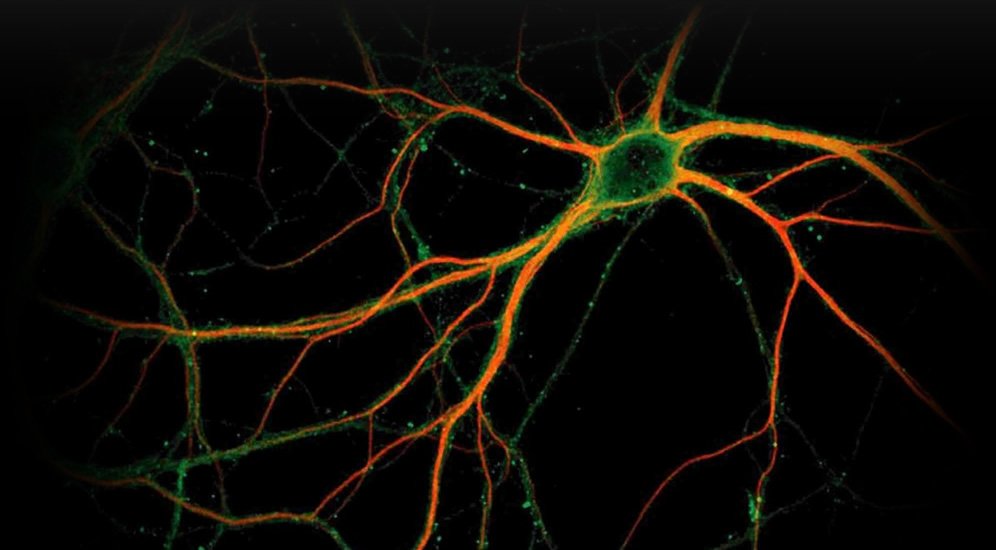
Neuroimmunological modulation of host defense is emerging as a novel approach in enhancing immune response to pathogens, as the massive use of antibiotics is resulting in the increasing prevalence of drug-resistant strains of pathogens. As a matter of fact, lungs represent an important interface that is massively exposed to noxious bacterial stimuli and that must be constantly prone to avoid infection and microbial dissemination.
In the lungs, vagal and sensory neurons govern the response to several chemical and mechanic stimuli by inducing coughing and pain, as well as controlling bronchomotility; in recent times neuroimmunological functions are emerging as possible target in anti-microbial treatment as, in the respiratory tract, these fibers have been shown to interact with leukocytes, suggesting a role in controlling immune reactions. In this work, published on Nature Medicine, Dott. Pankaj Baral and colleagues demonstrated that nociceptive fibers expressing the Transient Receptor Potential Vanilloid 1 (TRPV1), an ion channel that responds to capsaicin and many chemical and physical stimuli, regulate host innate defense to pathogens in the lungs; selective ablation of TRPV1-expressing fibers resulted in improved neutrophil and γδ T cell functions and bacterial clearance, resulting in overall increased survival to lung infection.
Source: Nature (Research Highlight), Nature Medicine, Original Paper on AINI Website

